Tarantula Hawk
The tarantula hawk is a striking insect, a large, powerful wasp belonging to the Pompilidae family. These wasps are renowned for their impressive size, vibrant colors, and the gruesome practice of preying on tarantulas. Their lifecycle and behavior are fascinating examples of adaptation and survival in the natural world. The females are particularly noteworthy, as they are the ones responsible for hunting and paralyzing tarantulas to serve as hosts for their larvae. This makes them a significant predator in many ecosystems, and their interactions with other species, especially spiders like the black widow, are a constant source of intrigue for both entomologists and nature enthusiasts alike. The tarantula hawk’s story is one of remarkable strength, resilience, and a key role in maintaining ecological balance.
Appearance and Characteristics
Tarantula hawks are easily recognized by their large size and striking appearance. They typically measure between 1 to 2 inches in length, with females generally being larger than males. They exhibit a range of colors, most commonly a metallic blue-black body contrasted by orange wings. The combination of these colors serves as a warning signal to potential predators, signaling the wasp’s powerful sting. Their legs are long and spiny, adapted for grappling with their prey. Furthermore, they have robust mandibles, which they use for various tasks, including manipulating their victims and constructing nests. The overall appearance of the tarantula hawk reflects its predatory lifestyle and its ability to dominate its environment.
Habitat and Distribution
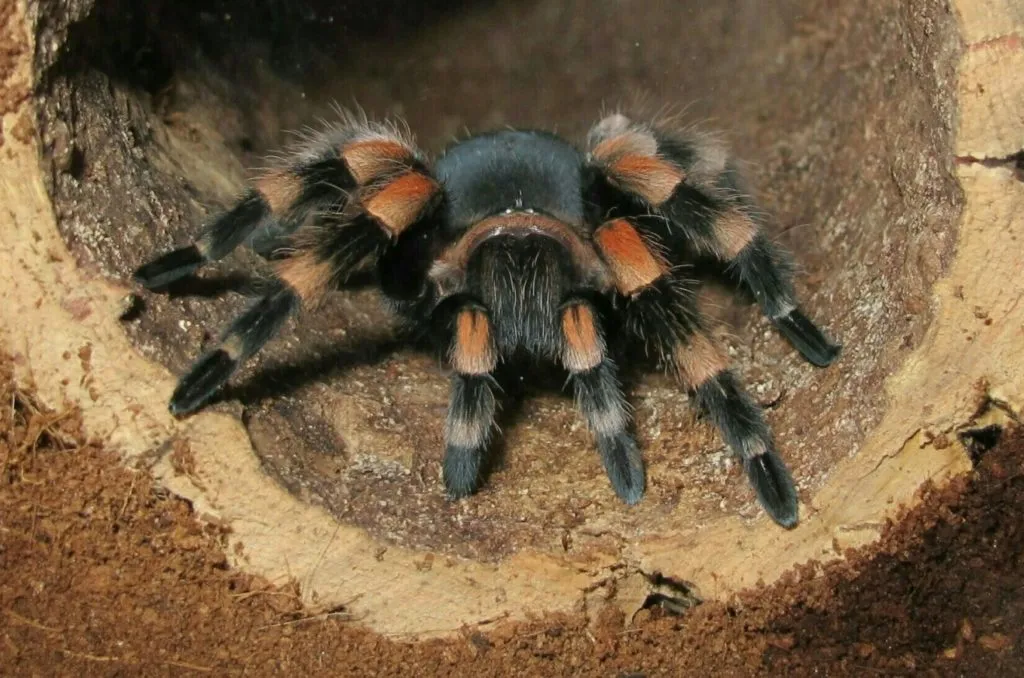
Tarantula hawks are primarily found in the southwestern United States, but their range extends into parts of Central and South America. They thrive in arid and semi-arid environments, including deserts, grasslands, and open woodlands. These wasps prefer habitats with an abundance of tarantulas, their primary prey. The specific distribution of tarantula hawks varies depending on the availability of tarantulas and suitable nesting sites. Their ability to adapt to different climates and landscapes has enabled them to establish a strong presence across their range. Furthermore, they play a crucial role in regulating tarantula populations, contributing to the overall ecological balance of their habitats. The presence of tarantula hawks is often an indicator of a healthy ecosystem.
Diet and Hunting Strategies
The tarantula hawk’s diet consists almost exclusively of tarantulas, making them a specialized predator. The hunting strategy begins with the female wasp searching for a tarantula burrow. Once a tarantula is located, the wasp carefully engages in a duel. She uses her formidable sting to paralyze the spider, a process that can take several attempts. After paralyzing the tarantula, the wasp drags the spider back to a pre-dug burrow or nest, where it lays a single egg on the spider’s abdomen. When the egg hatches, the larva consumes the paralyzed spider, feeding on it until it is ready to pupate. This gruesome but effective hunting strategy showcases the tarantula hawk’s adaptation to the life of a predator. They often engage in aerial combat during the hunt, where they can be observed attempting to turn their prey onto its back for a better angle to strike.
Black Widow Spider
The black widow spider is one of the most recognized spiders in North America, feared for its venomous bite. These spiders are part of the Latrodectus genus, known for their distinct appearance and potent neurotoxins. They are nocturnal hunters, constructing webs to ensnare their prey. Their unique physical characteristics, behavior, and habitat preferences make them fascinating, if somewhat unsettling, creatures. The black widow’s reputation is tied to its venom, which can cause serious medical issues in humans. Despite this danger, they play an important role in ecosystems. Their interaction with the tarantula hawk presents a dramatic clash of predator and prey, showcasing the harsh realities of survival in the wild.
Appearance and Identification
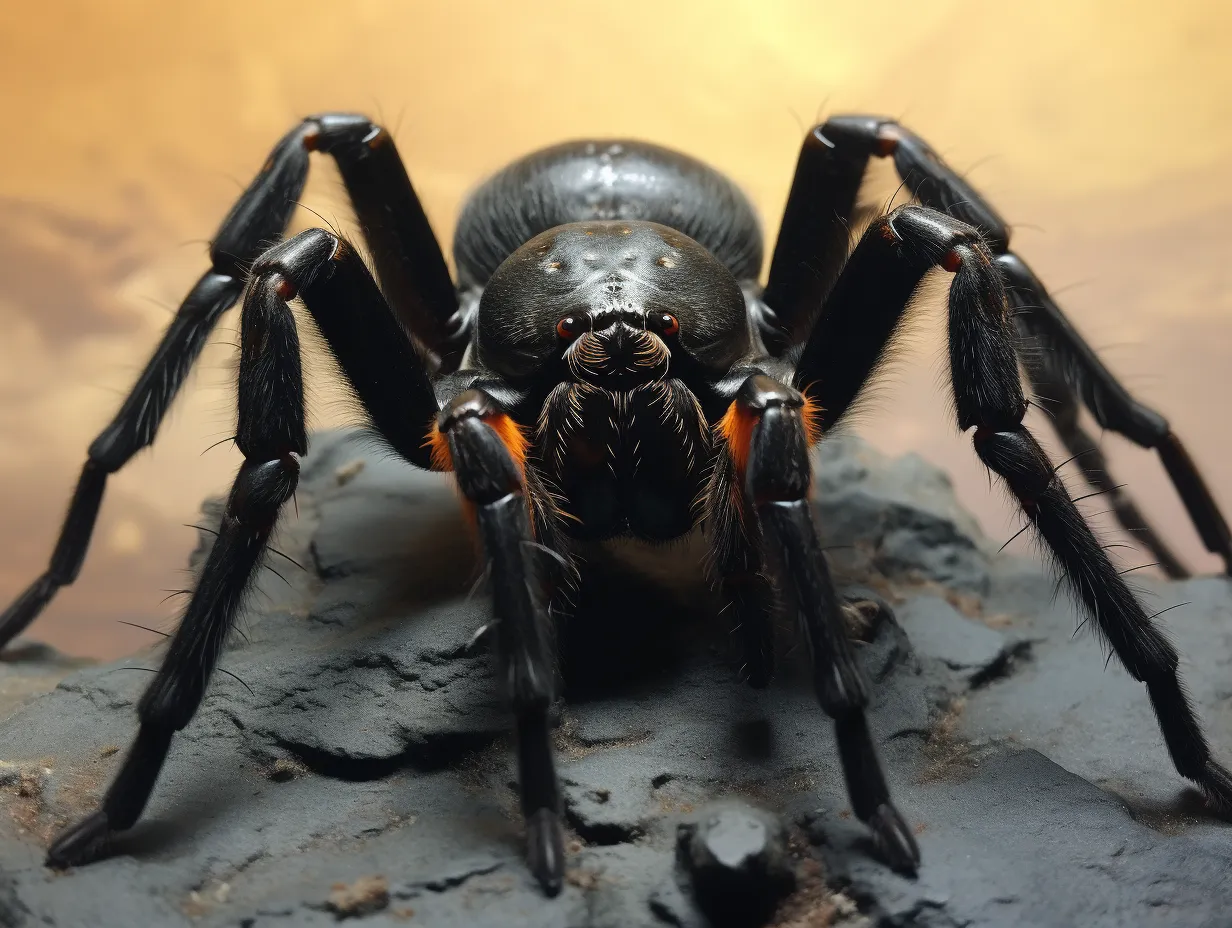
Female black widow spiders are easily identified by their glossy black bodies and a characteristic red hourglass marking on the underside of their abdomen. They measure about 0.5 inches in body length, with the legs spanning up to 2 inches. The males, on the other hand, are much smaller, with less vibrant colors and often have red or white markings on their backs. Juvenile spiders may have a variety of colors and patterns as they mature. The shape and size of the hourglass marking can vary, but it is a key identifier. These spiders build irregular, tangled webs in sheltered locations, such as under rocks, in woodpiles, and in dark corners of buildings. The distinct appearance and web structure make them recognizable to anyone who knows what to look for.
Venom and Its Effects
Black widow spiders possess potent venom containing neurotoxins. Their bite is typically not felt immediately, but within an hour, symptoms can develop, including muscle cramps, abdominal pain, nausea, and difficulty breathing. While the venom is rarely fatal, it can cause significant discomfort and require medical treatment. The severity of symptoms depends on the amount of venom injected and the individual’s sensitivity. The venom acts by disrupting the nervous system, causing the release of neurotransmitters. Antivenom is available, but it is not always necessary. Most people recover fully within a few days to a week. The potential for a painful bite makes the black widow spider a species that deserves respect and caution.
Habitat and Web Construction
Black widow spiders are found in various habitats, preferring sheltered locations where they can construct their webs. They are commonly found in woodpiles, under rocks, in sheds, garages, and other undisturbed areas. Their webs are irregular and messy, unlike the organized patterns of some other spider species. These webs are designed to trap unsuspecting prey. The spider sits upside down in the center of the web, waiting for an insect to become entangled. When prey is captured, the spider quickly wraps it in silk and injects venom. The web itself is a complex structure built with different types of silk for various functions, such as capturing prey and providing a safe place for the spider to rest. The placement of these webs is a strategic choice, providing both cover and optimal hunting conditions.
The Clash Tarantula Hawk vs Black Widow
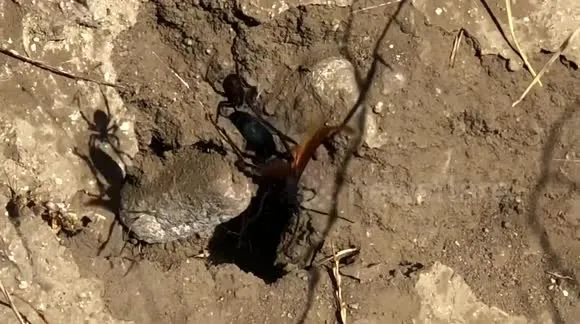
The encounter between a tarantula hawk and a black widow spider is a dramatic illustration of predator-prey dynamics. The tarantula hawk, with its specialized hunting skills and formidable sting, has an advantage. The black widow, however, has its own defenses, including its venom and web-building abilities. The fight is often a battle of strategy, agility, and strength. The outcomes of these clashes are variable, reflecting the complexity of the interaction. The battle highlights the ecological roles of each species and their place in their respective environments. The clash itself is a fascinating example of nature’s constant struggle for survival, and each encounter tells a unique story of adaptation and resilience. The outcome depends on several factors including the size of the combatants and the environment of the fight.
The Battle Strategy of Tarantula Hawk
The tarantula hawk’s strategy against the black widow differs from its approach to tarantulas. Rather than attempting to paralyze the spider directly, the wasp must navigate the web and avoid getting entangled. The tarantula hawk’s agility and ability to fly are major assets. It will often try to land on the web and attack the spider directly, aiming for a vulnerable spot. The wasp is likely to use a swift sting to paralyze the spider, though the black widow’s defensive capabilities make this challenging. The tarantula hawk must also avoid the sticky threads of the black widow’s web, as getting trapped can mean disaster. This careful, deliberate approach shows the tarantula hawk’s expertise in navigating its prey’s defenses and its determination to overcome the challenge.
Black Widow’s Defenses and Counterattacks
The black widow spider has several defenses against predators like the tarantula hawk. Its venom is a significant deterrent, but the wasp is adapted to it. The spider also relies on its web, which serves as both a trap and a defensive barrier. The web’s sticky threads can ensnare the wasp, giving the spider a chance to attack. Additionally, the spider may attempt to retreat into a safe place or try to fight the invader directly. The spider’s agility and ability to rapidly spin silk can also be used to counterattack or escape. Although the black widow’s defenses offer some protection, they are often not enough against the tarantula hawk’s hunting prowess. They are well-equipped to fight but lack the strength to win most battles.
Outcome Analysis Who Typically Wins
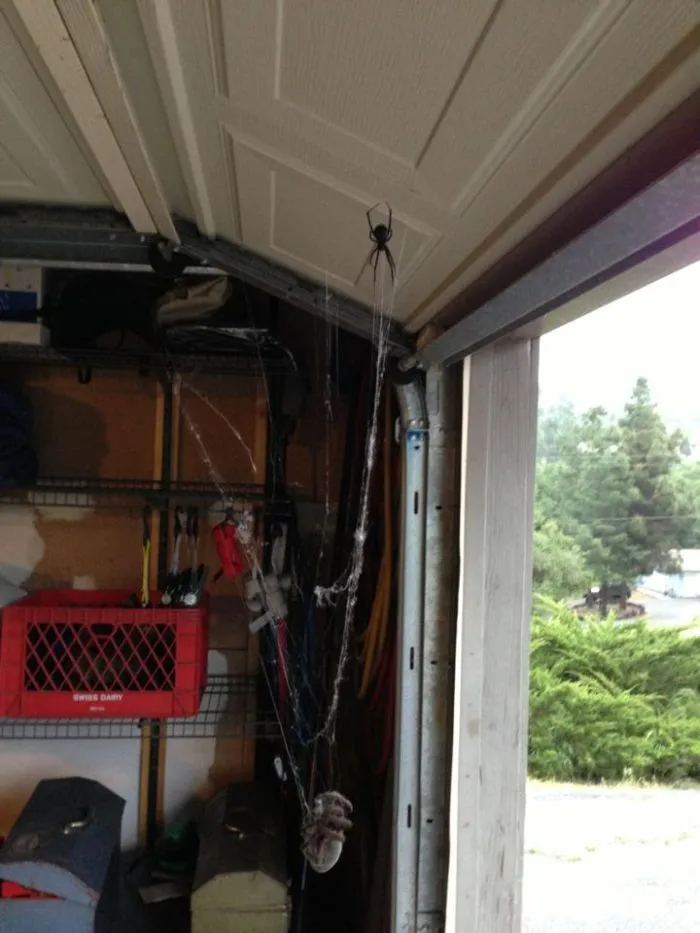
In most encounters between tarantula hawks and black widow spiders, the tarantula hawk is the victor. The wasp’s powerful sting, specialized hunting techniques, and robust build give it a significant advantage. The black widow’s defenses are often inadequate against the wasp’s agility and determination. However, the outcome can vary based on factors such as the size and health of the spider, the wasp’s experience, and environmental conditions. The black widow can sometimes escape or even inflict a bite, but the tarantula hawk’s success rate is notably high. The tarantula hawk’s victory highlights its dominance in the predator-prey relationship, underscoring its role as a formidable hunter in its habitat.
Ecological Significance of the Fight
The clash between the tarantula hawk and the black widow spider has several implications for the ecosystem. The tarantula hawk’s predation helps to regulate the populations of both tarantulas and black widows. The fight is a key aspect of maintaining the balance within the ecosystem. By preying on these spiders, tarantula hawks help prevent any single species from dominating. This predatory interaction also influences the behaviors and adaptations of both species. The black widow’s defensive strategies evolve due to the threat of the tarantula hawk, and the tarantula hawk’s hunting techniques become more refined over time. It’s a dynamic relationship between predator and prey that contributes to the complexity and stability of their shared environment. The battle shows how ecological dynamics evolve and remain in a constant state of flux.
Impact on Ecosystems
The tarantula hawk’s presence has significant effects on its ecosystem. As an apex predator, it helps maintain the populations of tarantulas and black widows, preventing overpopulation. The reduction of spider populations has an impact on the entire food web. By keeping these spider populations in check, the tarantula hawk helps to maintain the health and diversity of the ecosystem. In turn, this affects other species, including insects, birds, and small mammals. The tarantula hawk also plays a role in nutrient cycling by providing food for decomposers when a paralyzed tarantula is left uneaten. The ecosystem effects demonstrate the importance of predators in managing the intricate web of life and biodiversity.
Conservation Status of Both Species
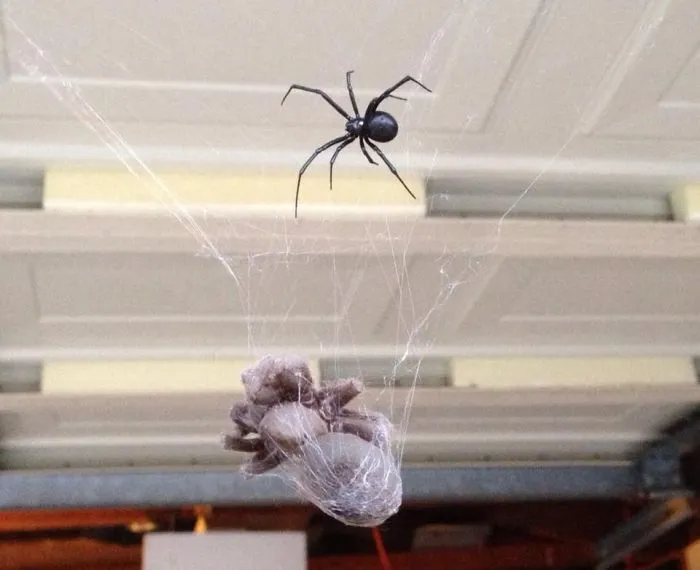
Currently, neither the tarantula hawk nor the black widow spider are considered to be endangered species. However, it’s important to be aware of factors that could threaten their populations. Habitat loss, pesticide use, and climate change are possible dangers. Conservation efforts should focus on preserving the habitats where these species thrive. This includes protecting natural areas, reducing pesticide use, and mitigating the effects of climate change. Additionally, public education is crucial to raising awareness about the importance of these creatures and their roles in the ecosystem. Protecting the tarantula hawk and black widow spider, along with their habitats, ensures that their populations can continue to contribute to the health of the environment for generations to come.
